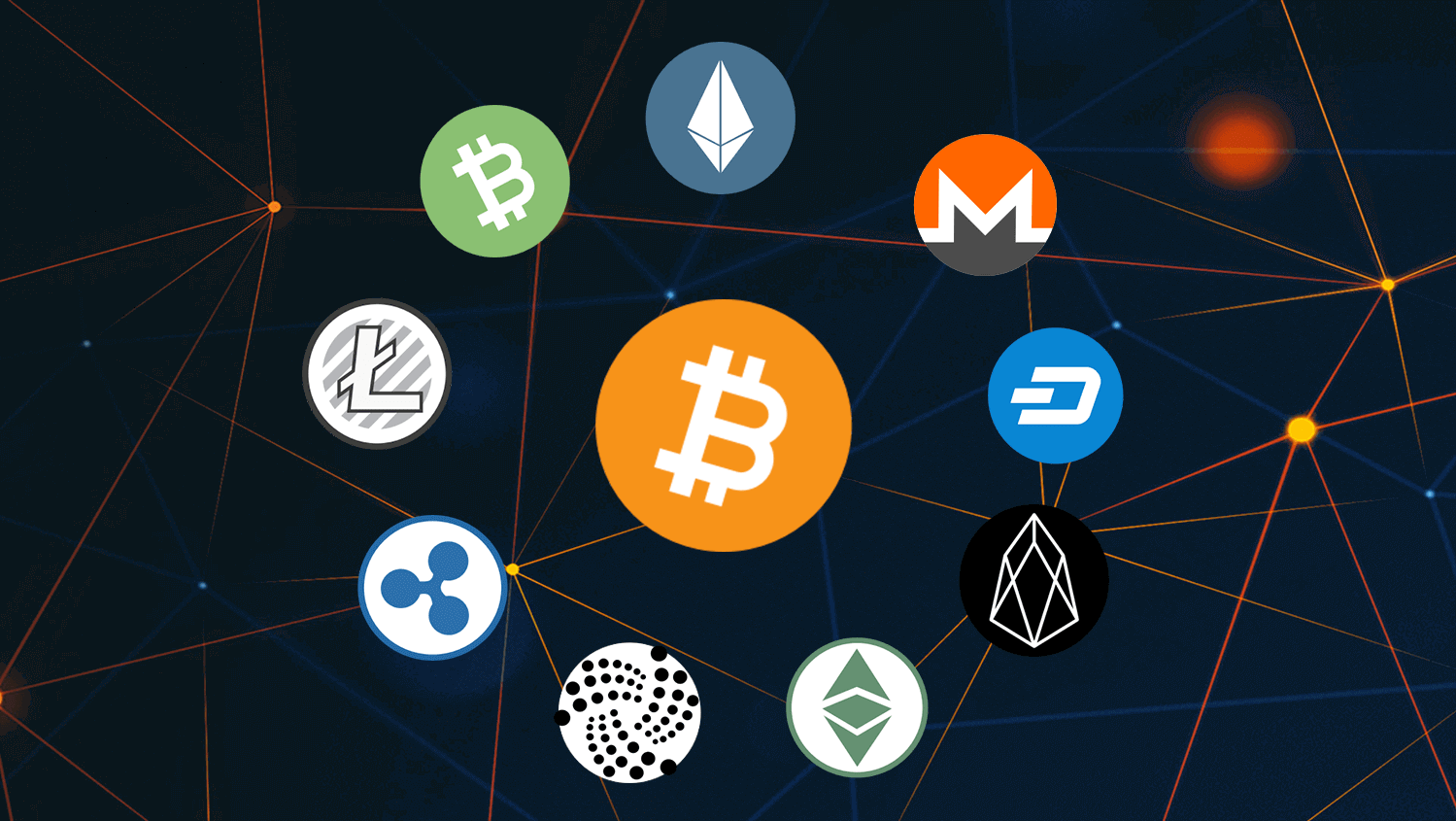SPONSOR: ThreeD Capital Inc. (IDK:CSE) Led by legendary financier, Sheldon Inwentash, ThreeD is a Canadian-based venture capital firm that only invests in best of breed small-cap companies which are both defensible and mass scalable. More than just lip service, Inwentash has financed many of Canada’s biggest small-cap exits. Click Here For More Information.

How To Keep Your Crypto Safe Against Exchange Hackers

- Exchange hacks appear to be one of the critical problems without any kind of a solution in sight.
- This year alone, there have been several high-profile attacks.
Despite all the developments and innovations in the cryptocurrency space over recent years, exchange hacks appear to be one of the critical problems without any kind of a solution in sight. These days, cryptocurrencies are far more distributed across hundreds of exchanges than they were back in 2014 when Mt.Gox was hit, derailing the price of Bitcoin overnight. Nevertheless, exchanges remain prime targets for hackers.
This year alone, there have been several high-profile attacks. Cryptopia was one of the first, subject two separate incidents that ultimately crippled the New Zealand-based exchange, causing it to close its doors for good.
After that, Singaporean DragonEx and Korean Bithumb were both targeted, before trading behemoth Binance was hit in May this year. Although the company was quick to reassure users that their account balances were protected by its insurance fund, the attack left a smear on Binance’s previously unblemished record of security.
The latest exchange to fall prey to hackers is Upbit, which lost $50 million worth of ETH in late November.
So, what are crypto users to do, to keep their funds safe? In light of the ongoing hacking issues, many exchanges are now starting to sell themselves on their enhanced security measures.
Going the Extra Mile to Prevent Attacks
For a while, two-factor authentication was the established means of ensuring user account. However, many exchanges are now taking additional measures, such as IP binding. This means that you can restrict access to your exchange accounts to only a single IP address. If someone attempts to log in from another machine than your own, you’ll be notified.
Singaporean exchange ecxx is one example of an exchange following this practice, along with other measures to help keep your funds safe from theft. The exchange keeps user funds in cold wallets, requiring multiple signatures from the company to access.
Earlier this year, QuadrigaCX users found their funds had gone missing after the exchange founder died abroad as the only person holding the private keys to access his company’s wallet. Multi-signature wallets are a way of protecting against this risk.
Furthermore, ecxx has integrated with MyInfo, the government of Singapore’s user portal. It enables Singaporean citizens and residents to interact with government agencies and private companies online. The integration offers local users in Singapore a trusted means of logging on to the ecxx platform with their existing MyInfo credentials.
For institutions, ecxx has also partnered with Ledger, one of the global leaders in digital asset cold storage. Professional traders and investors can choose to have their funds stored in a Ledger Vault, meaning that ecxx doesn’t take custody of funds at all.
Decentralized Exchanges – a Non-Custodial Solution
Another option for exchanging tokens without incurring the security risks of hacking is to use a decentralized exchange (DEX.) A DEX generally doesn’t take custody of your accounts, meaning that you’re solely responsible for fund security.
At this point in the evolution of cryptocurrency, users have their pick of DEXs, with various different models for enabling trading. However, a critical challenge of peer-to-peer DEXs is that many are underused, meaning they suffer from low liquidity. Unless you’re trading Bitcoin or one of the major alts, you may find your trade left hanging while the matching engine searches for a counterpart with whom to trade. Therefore, it makes sense to find a DEX with high liquidity.
IDEX is one of the more popular DEXs, meaning that liquidity is less of a challenge. Users manage their funds via the platform’s Ethereum-based smart contract. Users can access the smart contract via four methods – a Metamask wallet, a Ledger Nano S cold storage wallet, a Keystore file, or a manual private key entry.
Another safe option is to use a liquidity protocol, which is a kind of DEX using a third token to enable swaps between a wide variety of tokens. Bancor and Uniswap are both examples of liquidity protocols.
Wallets
If you do prefer to stick with centralized exchanges, then conventional wisdom says that you should only keep your funds in your exchange account when you’re actively trading. Therefore, if you’re planning on keeping your investments in crypto, get yourself a wallet. Hot storage wallets such as Atomic or Edge are very easy to get started using only a smartphone app.
An even safer option for long-term HODLers is to use a cold storage wallet such as a Ledger Nano S or Trezor. Just make sure you have a safe method of storing your recovery seed.
Source: https://cryptodaily.co.uk/2019/12/how-to-keep-your-crypto-safe-against-exchange-hackers








